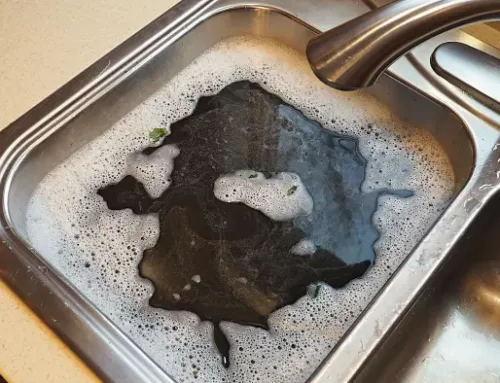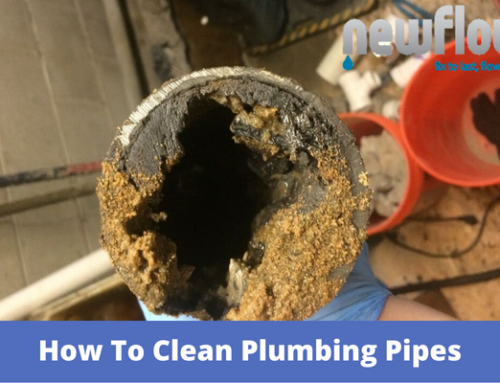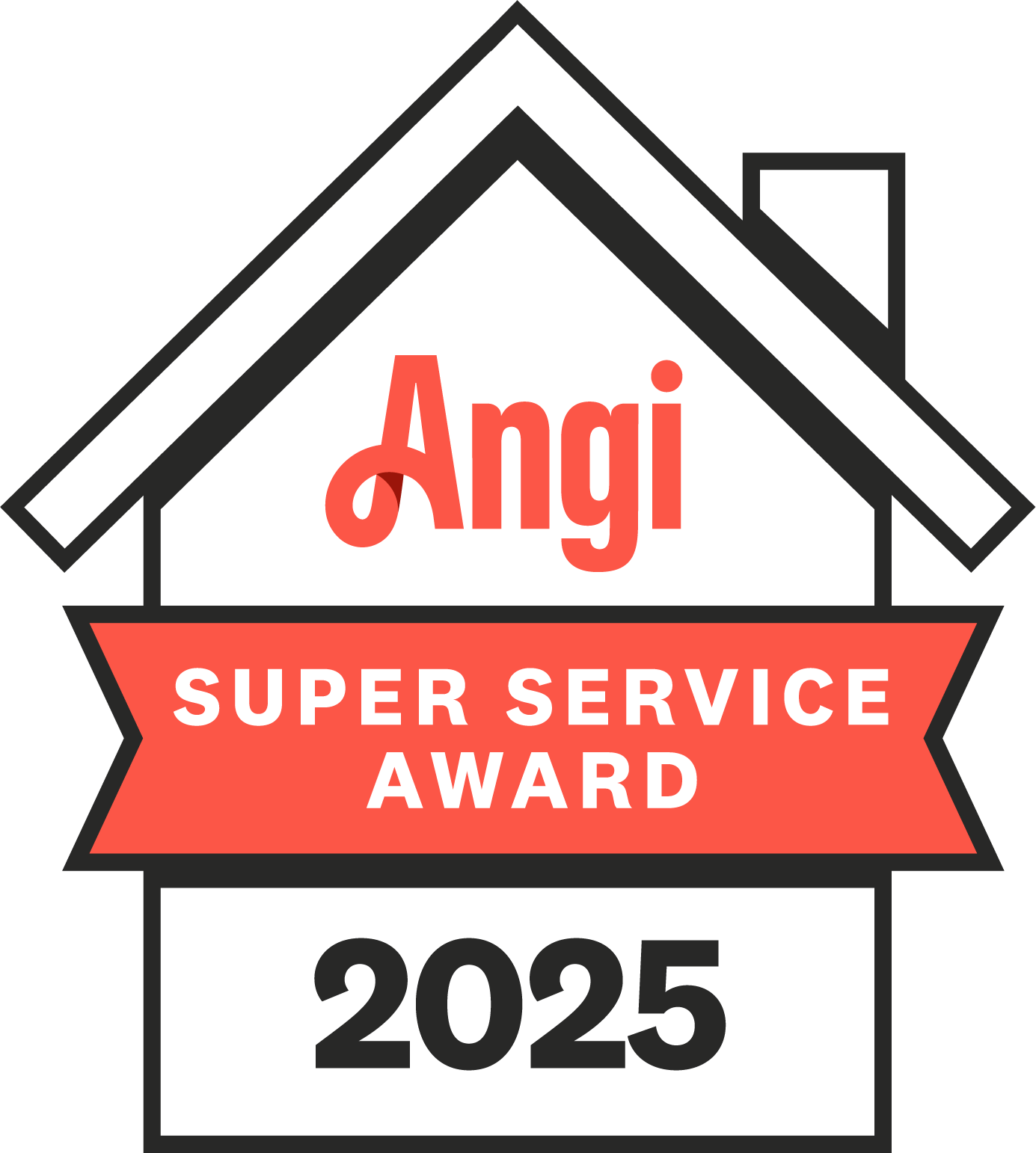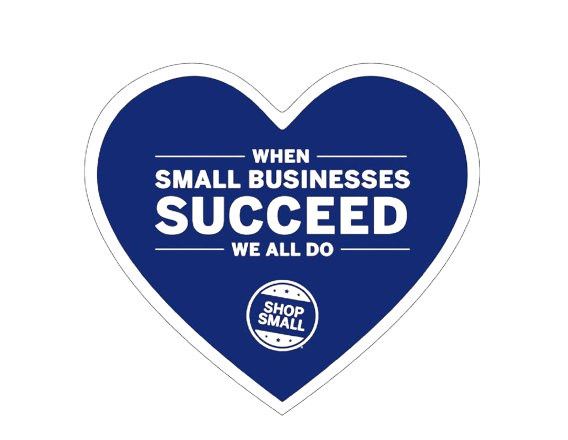Common Reasons Sewer Lines Get Clogged
When sewer lines get clogged, the effects can spread quickly through a home. Slow drains, bad smells, and even sewage backups can show up before you realize what’s happening underground. Most clogs don’t appear overnight; they build up over time from things like grease, wipes, roots, and even old pipe material. Among these causes, tree roots invading pipes are one of the most serious and costly problems, often starting small but turning into major blockages if ignored. Learning what leads to these clogs gives homeowners a chance to act before they face a messy emergency. By the end of this article, you’ll understand the main reasons sewer lines get clogged, how to recognize early warning signs, and the smart steps you can take to protect your plumbing system from expensive damage.
Why Sewer Line Clogs Are a Serious Problem
A sewer line clog is more than just an inconvenience. Unlike a simple sink blockage, a clogged sewer line affects your entire home’s plumbing system. Every toilet, shower, and drain connects to this main pipe. When it gets blocked, wastewater has nowhere to go. That can lead to backups in bathtubs, floor drains, or basements.
The biggest danger is hidden damage. Water that backs up can soak into flooring or walls, causing mold growth and expensive repairs. Sewage also carries harmful bacteria that can make people sick. This is why learning the causes and acting early is so important for homeowners.
The Role of Everyday Habits in Sewer Clogs
Many sewer line clogs start with habits inside the home. Small mistakes made over time can add up and eventually cause major blockages. Flushing items that don’t break down, pouring grease down the sink, or overusing chemical cleaners are all examples.
These issues often go unnoticed because the problems happen gradually. At first, you might only see a slightly slow drain. But eventually, those materials harden, build up, and block the flow of wastewater. By changing habits early, many clogs can be avoided altogether.
Grease and Oils Down the Drain
Pouring grease or cooking oil into a sink might seem harmless when it’s hot and liquid, but once it cools, it turns into a thick solid. That sticky layer coats the inside of pipes, and other debris begins to cling to it. Over time, the buildup narrows the pipe until water can’t move through.
This type of clog is common in households that cook often, especially when frying foods. The best way to avoid it is to pour cooled grease into a container and throw it away instead of using the sink as a disposal.
Flushing Wipes and Other Non-Flushable Items
Even products labeled as “flushable” wipes don’t break down like toilet paper. They stay intact as they travel through the pipes, often catching on rough areas or bends. Once one wipe sticks, more follow, and soon a clog forms.
Other items like cotton balls, feminine hygiene products, or paper towels cause the same problem. Sewer systems are designed for water, waste, and toilet paper only. Anything else increases the risk of blockage.
Tree Root Intrusion
Tree roots are one of the most common and damaging causes of sewer line clogs. Roots naturally grow toward moisture, and small cracks in pipes release water vapor into the soil. This attracts roots, which then push into the opening.
At first, the intrusion may only cause minor slowdowns, but as the roots grow, they can fill the pipe completely. Roots can also break the pipe apart, creating both a clog and a major repair issue. Preventing root damage often requires professional tools and inspections, but spotting the signs early,like frequent backups in multiple drains,can save thousands of dollars.
Old or Damaged Pipes
Pipes wear out over time. Clay, cast iron, and other older materials are especially prone to cracks, corrosion, and collapse. When this happens, soil and debris can enter the line, or the pipe itself can start caving in. Both situations block the normal flow of waste.
Modern materials like PVC are more resistant, but no pipe lasts forever. Homes with older plumbing should consider regular inspections to catch these issues before they turn into emergencies.
Food Waste in the Sink
Many people rely on garbage disposals to handle leftover food, but certain scraps can create clogs. Pasta, rice, and bread swell when they absorb water, turning into sticky clumps that don’t move easily through pipes. Fibrous foods like celery or potato peels can wrap around the blades and slip into the line as long strands, tangling into blockages.
Disposals are best for small particles. Larger food waste should be thrown in the trash or composted to keep the sewer line safe.
Soap Scum and Hair
Bathroom drains often carry soap, shampoo, and hair down into the sewer line. Soap combines with minerals in water to form a sticky scum that clings to pipe walls. Hair then gets caught in the scum, creating large clumps that block water flow.
While drain strainers can reduce the amount of hair that enters the system, once a buildup starts, it can spread deeper into the sewer line and cause major slowdowns.
Heavy Rain and Flooding
Sewer lines are designed to handle wastewater from a home, not large amounts of stormwater. During heavy rains or flooding, excess water can enter the system and overload it. If the line is already narrowed by grease, roots, or debris, the extra water pushes the system beyond its limit, leading to backups.
Proper drainage around a home and keeping gutters clear can help reduce the risk of this problem.
Warning Signs of a Clogged Sewer Line
Catching a clog early can prevent serious damage. Homeowners should watch for signs like:
- Slow-draining sinks, tubs, or showers in different parts of the house
- Gurgling sounds from drains or toilets
- Sewage odors coming from drains or the yard
- Water backs up in one fixture when another is used, such as a bathtub filling when a toilet is flushed
These are red flags that the problem is in the main sewer line rather than just one drain.
How to Prevent Sewer Line Clogs
While some causes, like old pipes or tree roots, are outside a homeowner’s control, many sewer line clogs can be prevented with simple steps:
- Never pour grease or oil down the drain
- Only flush toilet paper, not wipes or other items
- Use drain strainers in sinks and tubs to catch food and hair
- Compost food scraps instead of using the disposal for everything
- Schedule periodic inspections, especially in older homes
Prevention costs far less than dealing with a full backup or sewer repair.
When to Seek Professional Help
Some small clogs can be cleared with plungers or drain snakes, but a clogged sewer line usually requires professional tools and expertise. Plumbers use sewer cameras to locate the exact cause of the problem, whether it’s a grease buildup, root intrusion, or pipe collapse. Hydro jetting and trenchless repair methods are common solutions that restore flow without tearing up a yard.
Waiting too long only makes the situation worse, so contacting a professional when warning signs appear is the safest option.
The Bottom Line
Sewer lines get clogged for many reasons,grease, wipes, tree roots, old pipes, and even heavy rain can all play a role. While not every cause is avoidable, most clogs can be prevented by building better habits and keeping an eye on early warning signs. Protecting your sewer line protects your entire home from messy and expensive damage.
By understanding why sewer lines get clogged and taking proactive steps, homeowners can avoid the stress of sudden backups and enjoy a plumbing system that runs smoothly year after year.











